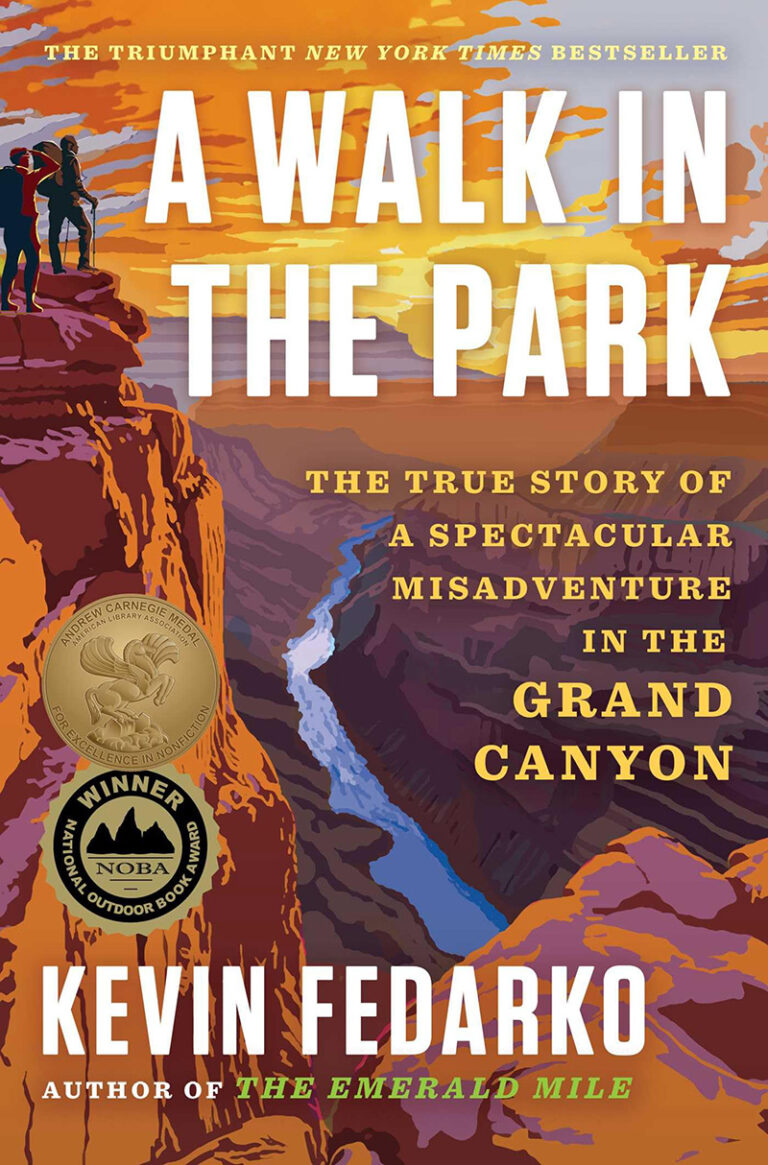MURDER IN THE HIGH HIMALAYA
Jonathan Green
Public Affairs, 2011, 304 pages
(Winner of the John Whyte Award for Mountain and Adventure Literature, 2011 Banff Mountain Book Festival)
IN 2006, AN IMPULSIVE, young Tibetan nun and her best friend—both yearning for religious freedom from Chinese rule—naïvely joined a Tibetan group’s attempt to escape to India. The pair hoped to join the Dalai Lama’s community in exile in India. Author Jonathan Green tells the story of Kelsang Namtso and Dolma Palkyi’s brutal journey over the Himalayas with great passion. He details how the party was “smuggled” out of Tibet by illegal (from the Chinese perspective) guides past Chinese border police. Along the route the group braved freezing temperatures, snow, high altitude passes and perilous crevasses.
Green alternates his narrative between the story of the refugees’ trek with that of a guided climb involving an international group led by American mountain guide Luis Benitez, on a climb of the 8,000-meter peak Cho Oyu.
When the two groups cross paths on the lower slopes of the peak, Chinese guards discover the refugees’ presence. As the guards chased the refugees, with machine guns blazing, Kelsang was killed and a number of others wounded in full view of the Westerners. A video shot by one of Benitez’s clients brought the incident to the attention of the western world and gained considerable notoriety for the filmmaker.
Bouncing between two story lines makes a somewhat cumbersome read; better editing could have helped here. In this book, journalist Green highlights several recurring themes in recent Himalayan adventure literature. He clearly shows his disdain for rich mountaineering novices trampling the Himalayas on “climbs” conducted purely for profit and egotism. His concern for the degradation of the Tibetan culture is equally evident. Finally, his disdain for Chinese Communist human rights violations, which are largely responsible for the loss of Tibetan ethnic identity, is woven throughout the story.
This highly political but well documented account will help the casual reader of mass media reports on events like this come to grips with some of the underlying reasons for the action and inaction of the parties involved. The reader will likely leave the book angry and frustrated at the world’s apparent inability to effectively deal with problems of this type and scale.
Stan Miller
THE SIX MOUNTAIN-TRAVEL BOOKS
Eric Shipton
The Mountaineers, 2010, 800 pages
IF YOU PLAN TO EMBARK on a multi-week adventure, and can only bring one book, then I highly recommend this tome by Eric Shipton, titled The Six Mountain-Travel Books. Shipton was an author, mountaineer, surveyor, and truly one of the most amazing explorers of the twentieth century.
This collection of mountaineering and adventure narratives, written between 1936 and 1963, offers an amazing time capsule to the golden age of mountaineering and exploration. The sheer geographical scope of the writings is impressive, including Mount Kenya, the Himalayas, Turkestan and Patagonia.
My favorite narrative is “Blank on the Map,” about his explorations into a totally unknown region of the Karakoram. This 1937 expedition successfully explored and surveyed 1,800 square miles of one of the most mountainous regions on the planet, an area dominated by K2. The findings of this expedition provided the foundation for a significant amount of subsequent mountaineering activity in the Karakoram Range.
Even unfulfilled expedition planning provided insight into the mind of a true pioneer. While lying in a sleeping bag during a snowstorm on the East Rongbuk Glacier on Mt. Everest, Shipton and a tent-mate discussed a plan for the exploration of a remote snow range in the center of New Guinea. Shipton wrote, “The plan was to charter a dhow from a Dutch port on the south coast and sail to the southern extremity of the island; then to land with sufficient food and equipment to last one and a half years, and to relay the loads for three hundred miles, following a high ridge, above the fever swamps, that we hoped would lead to the snow range.”
Shipton was a very philosophical man with observations as applicable today as when they were written. “Every time I start an expedition I feel that I am getting back to a way of living which is now lost,” he wrote in 1938. “I think of the leisurely days of a few hundred years ago, before life was so mad a rush, before the countryside was spoiled by droves of people, and beauty itself exploited as a commercial enterprise.”
Peter G. Williams













